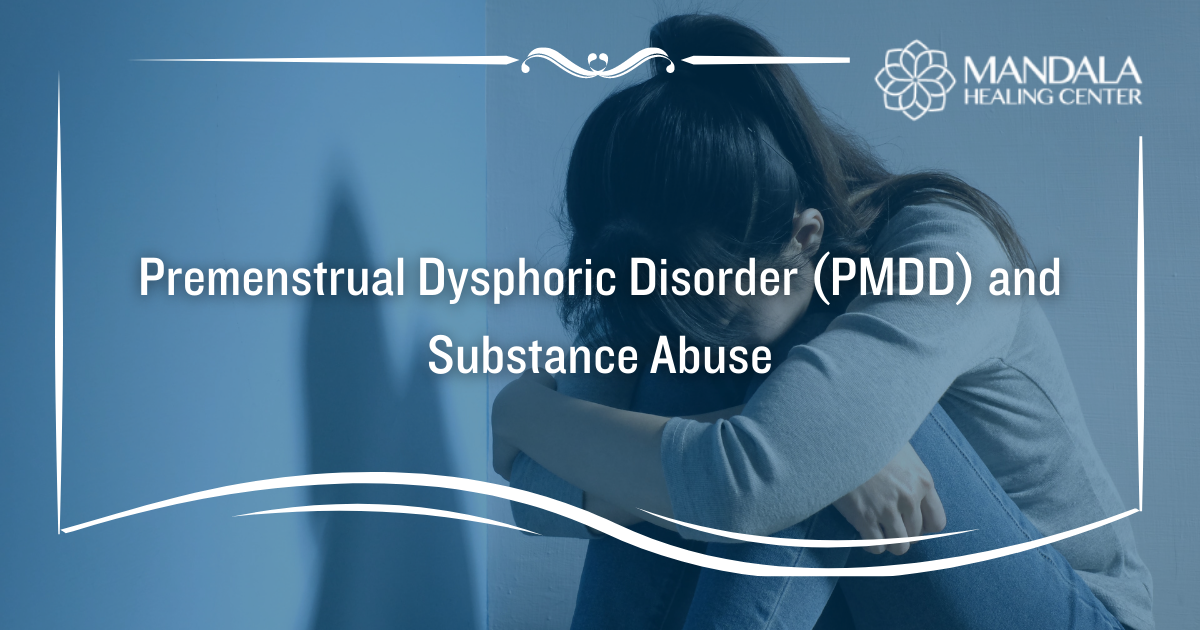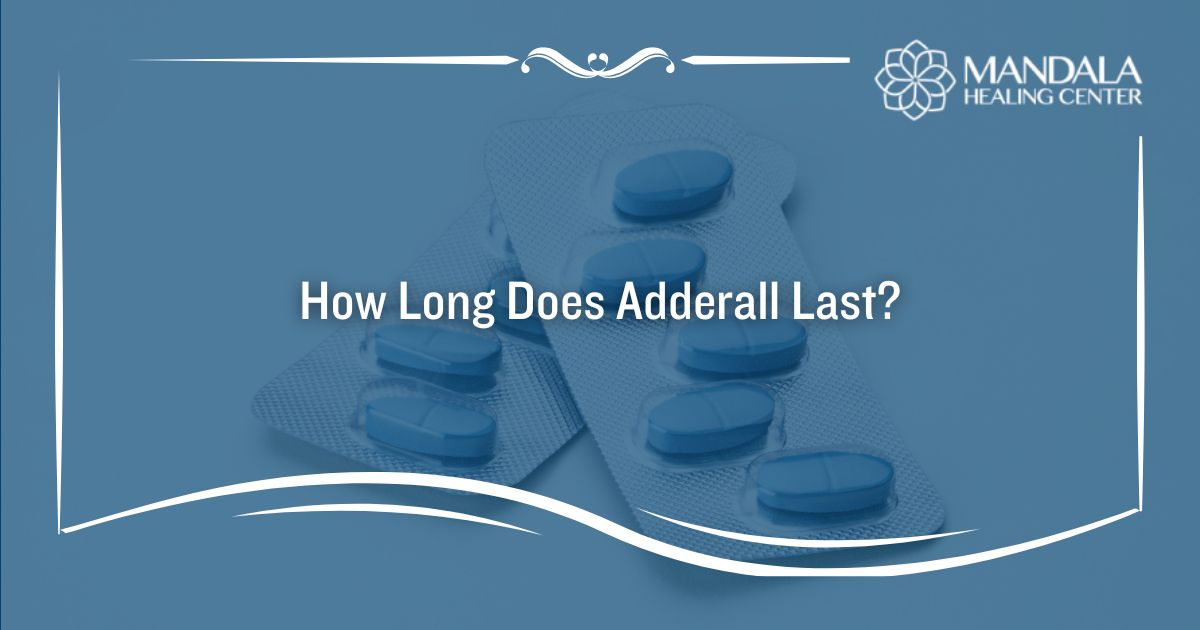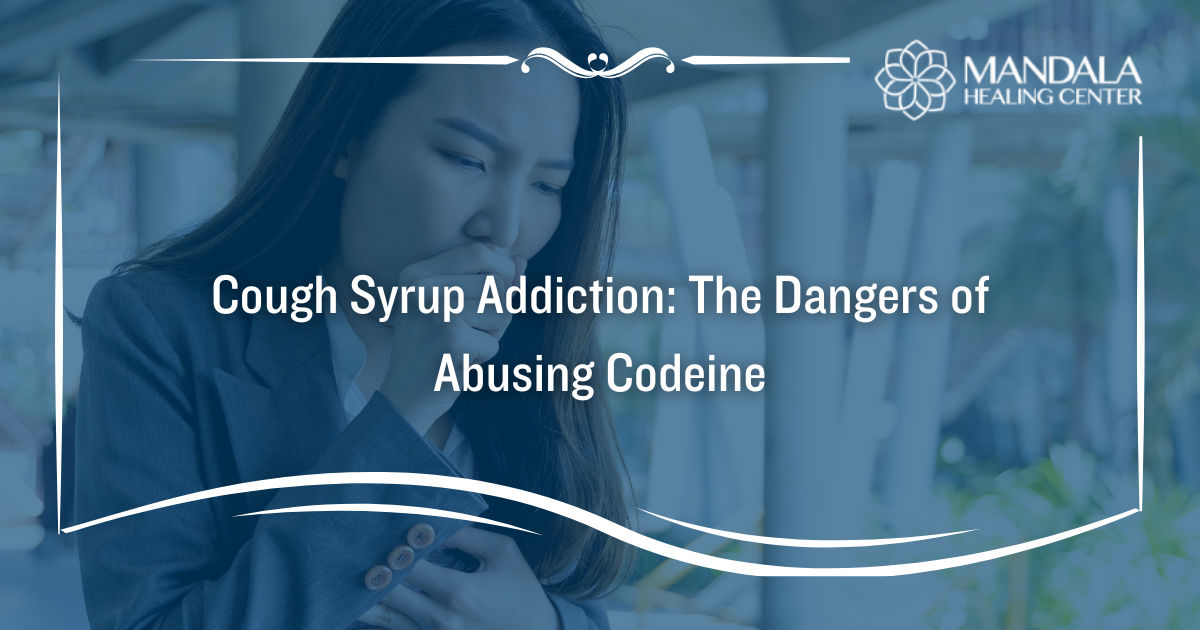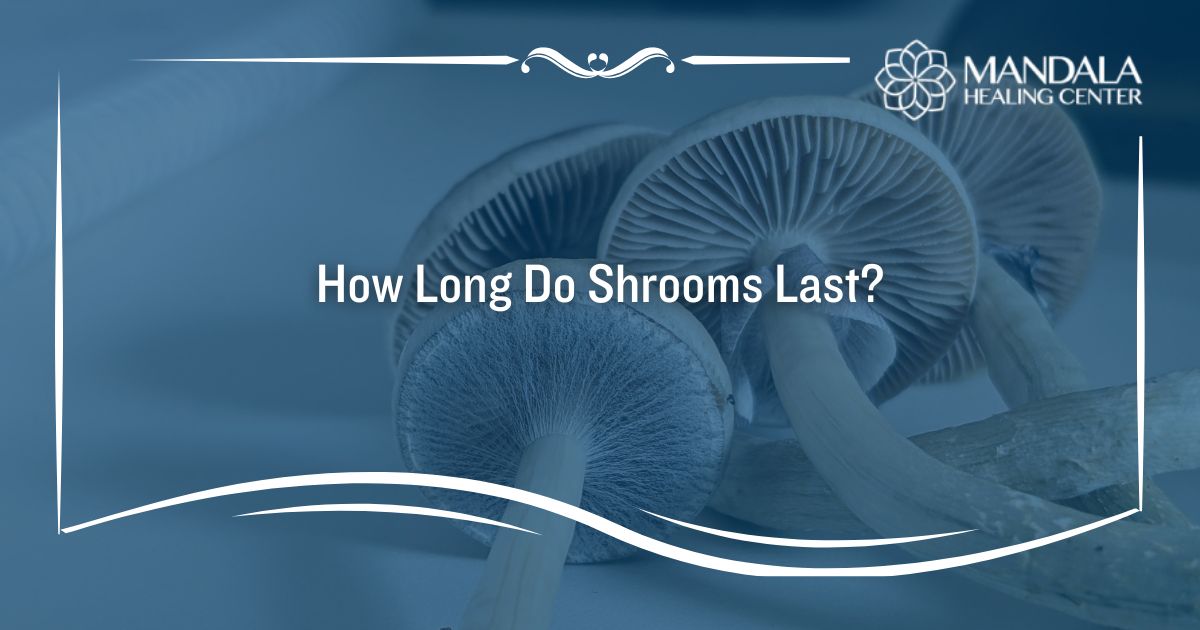Premenstrual dysphoric disorder (PMDD) is a mood disorder that is triggered by hormonal changes associated with a woman’s menstrual cycle. While this may seem similar to premenstrual syndrome (PMS), PMDD is a much more severe condition that can affect a woman’s ability to function in their daily life.
While PMS can cause women to become irritable and experience some mood swings, PMDD is known to trigger severe panic attacks and depression that make many women with this condition suicidal. In some situations, PMDD can even increase the risk for substance abuse and addiction. Even for women who do not experience a psychiatric crisis, the symptoms of this condition can cause significant disruption to a woman’s life.
Oftentimes, the symptoms of PMDD lead women to begin self-medicating their symptoms with drugs or alcohol. This can cause their symptoms to worsen over time, causing them more harm than good in the long run.
What are the Symptoms of Premenstrual Dysphoric Disorder (PMDD)?
Oftentimes, people misdiagnose PMDD as depression because of how severe the mood symptoms become. Out of the 70 to 90% of women who experience premenstrual discomfort, 3 to 8% of them meet the criteria for premenstrual dysphoric disorder.[1]
According to the National Library of Medicine, “US women with PMDD experience an average of 6.4 days of severe symptoms per menstrual cycle; this is approximately equivalent to 8 years of debilitating symptoms throughout the menstrual cycle.”[1]
The symptoms of PMDD may include:
- Anxiety
- Mood swings
- Suddenly crying or crying often
- Feeling overwhelmed and out of control
- Trouble focusing
- Loss of interest in activities
- Persistent irritability
- Bouts of anger
- Feelings of despair and hopelessness
- Panic attacks
- Suicidal ideation
- Fatigue
- Insomnia
- Changes in appetite
- Bloating
- Tender breasts
- Headache
The symptoms of this condition vary from woman to woman, however, everyone with PMDD suffers from mood symptoms that are difficult to deal with. This can cause significant disruption in a woman’s relationships, career, schooling, and life in general.
Unfortunately, many women with PMDD begin abusing substances during the weeks before their period, when their symptoms are at their worst. As a result, they may become addicted to drugs or alcohol, causing them to begin abusing substances throughout the entire month. This can cause the symptoms of PMDD to worsen over time.
How Does Substance Abuse Affect PMDD?
PMDD is a unique disorder as it only affects women and is directly caused by disruptions in hormonal fluctuations. When someone abuses substances, their hormones become even further disrupted.
Abusing substances can cause the following effects on a woman’s menstrual cycle:
- Causing a lighter or heavier period
- Increasing or decreasing the average length of her period
- Causing her to stop having a period altogether
Women with PMDD have a greater risk associated with misusing substances and the effects they can cause on their hormones and menstrual cycle.
Abusing substances worsens the symptoms of PMDD in two different ways:
- Directly triggering changes in mood and causing new psychiatric symptoms
- Indirectly escalating mental health symptoms due to changes in hormones
The changes in a woman’s reproductive hormones that occur in the weeks leading up to her period are what cause the symptoms of PMDD. Some of these symptoms include panic attacks, a severely depressed mood, and suicidal thoughts. According to research, nearly 30% of people with PMDD attempt suicide in their lifetime.[2]
Substance-induced hormonal changes worsen the symptoms of premenstrual dysphoric disorder, increasing the risk of self-harm, suicidal thoughts, and suicide attempts.
Can Drug Abuse Cause PMDD?
Drug abuse causes changes to a woman’s hormones. For example, abusing substances can lead to amenorrhea, the absence of a menstrual cycle. When a woman does not have their menstrual cycle, their levels of progesterone are directly affected.
If someone abuses drugs over a period of time, the hormonal changes they experience could directly lead to the development of PMDD.
There is a higher risk of substance-induced PMDD for women with the following risk factors:
- Co-occurring mental health conditions
- Family history of mood disorders
- Family history of severe PMS or PMDD
- Personal history of childhood abuse or trauma
Women who identify with the above-mentioned risk factors may be more susceptible to the changes in reproductive hormone and serotonin levels that are triggered by substance abuse. This means that they are at a higher risk of developing a mood disorder like PMDD.
Additionally, women who already experience severe PMS symptoms and abuse substances are at an increased risk of developing premenstrual dysphoric disorder. When a woman uses substances that prolong the menstrual cycle and increase hormones like progesterone that are linked with PMDD, they can intensify their symptoms of PMS and eventually develop premenstrual dysphoric disorder.
Treating Premenstrual Dysphoric Disorder
If a woman who has PMDD is abusing substances, the first step in recovery is to get sober. This may include attending a medical drug detox program, inpatient rehab, and outpatient treatment.
It is important to note that PMDD cannot be cured, but the symptoms of this condition can be managed. Other than recovering from addiction, additional ways to lessen the symptoms of PMDD include:
- Increasing protein and carbohydrates while decreasing sugar, salt, caffeine, and alcohol intake
- Regularly exercising
- Managing stress
- Taking vitamin supplements
- Taking anti-inflammatory medications
- Using selective serotonin reuptake inhibitors (SSRIs) to lessen mood symptoms
- Using birth control pills to regulate hormones
Finding Help for PMDD and Addiction
If you or a loved one suffer from PMDD and addiction, attending a dual diagnosis treatment program can help you regain control of your life. With the combination of hormonal treatments, nutrition counseling, exercise routines, and evidence-based addiction treatment methodologies, you can get back on track in no time.
Contact Mandala Healing Center today for more information on our dual diagnosis treatment program.
References:












